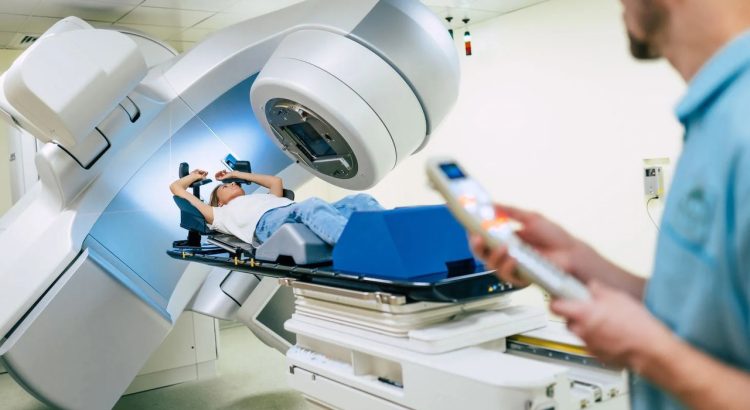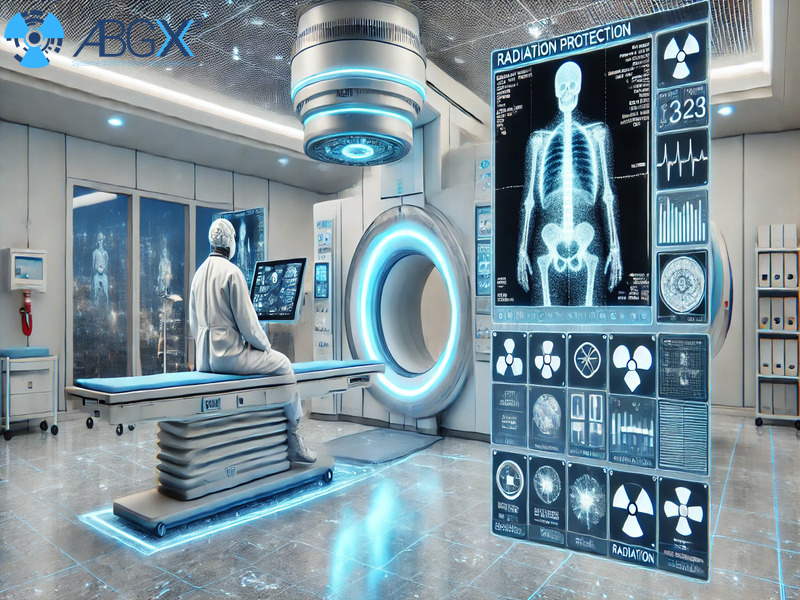ABGX – Understanding the Impact of Radiotherapy Treatment on Cancer Patients
Radiotherapy treatment plays a major role in modern cancer management. Doctors often combine it with surgery or chemotherapy to improve patient outcomes. Radiotherapy uses high-energy radiation to target and destroy cancerous cells. This method aims to shrink tumors, prevent cancer spread, and relieve painful symptoms. According to ABGX, advancements in this field have improved survival rates and reduced long-term side effects.
What Is Radiotherapy and How Does It Work?
Radiotherapy treatment involves directing precise doses of radiation to cancer-affected areas. Radiation damages the DNA of cancer cells, which prevents them from growing or dividing. Over time, the damaged cells die and the body removes them naturally. Healthy cells may also be affected, but they usually recover more quickly. There are two main types of radiotherapy: external beam radiation and internal radiation (brachytherapy).
External beam therapy delivers radiation from a machine outside the body. It is the most common form and usually administered over several sessions. Internal radiation, on the other hand, involves placing radioactive material directly into or near the tumor.
“Read more : Explanation of the Hawking Radiation Phenomenon has Changed Shape of the Universe“
Benefits of Radiotherapy for Cancer Patients
Radiotherapy treatment offers several significant benefits for cancer patients. One of the most important is its ability to reduce or eliminate tumors. This effect improves the patient’s chance of survival. In some cases, radiotherapy helps preserve organ function, which surgery might compromise.
ABGX.net highlights that radiotherapy also provides effective palliative care. It eases symptoms such as pain, bleeding, or obstruction caused by tumors. This makes a meaningful difference in patients’ quality of life, especially in advanced cancer stages.
Side Effects of Radiotherapy Treatment
Although effective, radiotherapy treatment can cause side effects. These vary depending on the treatment area, dose, and patient condition. Common side effects include fatigue, skin irritation, hair loss in the treated area, and loss of appetite. For example, head and neck radiation may lead to sore throat, dry mouth, or swallowing difficulty.
Most side effects are temporary and manageable. Doctors provide supportive care to minimize discomfort. Advances in radiation technology have significantly reduced the severity of these effects. Image-guided and intensity-modulated radiation therapy, for instance, allow more accurate targeting and sparing of healthy tissues.
The Psychological Impact of Radiotherapy
Cancer treatment affects patients not only physically, but also emotionally. Radiotherapy sessions may feel daunting, especially when combined with other treatments. Patients often face anxiety, fear, and uncertainty about their prognosis. Support groups and psychological counseling are essential to help them cope.
Open communication between healthcare teams and patients builds trust and reduces emotional stress. According to ABGX, many hospitals now offer mental health support as part of comprehensive cancer care.
“Read more : Blackpink World Tour Comeback Schedule 2025, will Start in July“
Combining Radiotherapy With Other Treatments
Doctors often combine radiotherapy treatment with chemotherapy or surgery. This combined approach is known as multimodal therapy. For example, radiotherapy may follow surgery to eliminate remaining cancer cells. In other cases, it precedes surgery to shrink tumors and make removal easier.
Chemoradiotherapy, which uses chemotherapy and radiation together, is particularly effective for certain cancers like cervical or rectal cancer. This strategy enhances tumor control while reducing recurrence risks.
Advances in Radiotherapy Technology
Technology has transformed how doctors deliver radiotherapy treatment. Modern machines now provide highly accurate beams that adjust in real time. Techniques like proton therapy and stereotactic body radiotherapy (SBRT) offer better targeting and reduced side effects.
Proton therapy, for instance, delivers energy directly to the tumor, sparing surrounding tissues. This is especially helpful in treating pediatric cancers and tumors near sensitive organs. Ongoing research aims to make these advanced techniques more accessible and affordable worldwide.
Patient Experience and Treatment Planning
Each radiotherapy plan is personalized to the patient’s needs. Doctors perform imaging scans to locate tumors and plan precise radiation delivery. The treatment schedule varies—some patients receive daily sessions for weeks, while others need only a few treatments.
Patients usually lie on a table while a machine delivers radiation. The process is painless and lasts only a few minutes per session. Staff ensure patient comfort and safety throughout the procedure.
Conclusion: The Power and Promise of Radiotherapy
Radiotherapy treatment continues to be a cornerstone in cancer therapy. It offers hope, especially when used alongside other treatments. Although side effects can occur, the benefits often outweigh the risks. Better technologies and support systems have made radiotherapy more effective and patient-friendly than ever before.
As noted by ABGX, continued investment in research and innovation is vital. It ensures that more people can benefit from safe, precise, and life-saving radiotherapy treatments.



